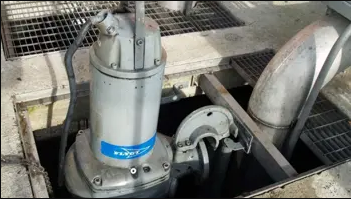In the world of fluid mechanics and machinery, positive displacements pump Sydney hold a unique and pivotal place. These pumps, unlike their centrifugal counterparts, operate by trapping a fixed amount of fluid and displacing it into the discharge pipe. They play a crucial role in numerous industries, from oil and gas to pharmaceuticals. But what makes them so special, and how can one master their use? Let’s dive in.
Understanding Positive Displacement Pumps
At its core, a positive displacement pump captures a certain quantity of fluid within its mechanism and pushes (or displaces) that fluid into the discharge system. This operation contrasts with centrifugal pumps, which impart energy to the fluid using a rotating impeller to generate flow. Because of their unique operational style, positive displacement pumps provide a consistent flow rate, making them ideal for tasks that require precision.
There are various types of positive displacement pumps, including:
- Reciprocating Pumps: These utilise a back-and-forth motion, often from a piston or diaphragm, to move the fluid.
- Rotary Pumps: These use a rotating mechanism, such as gears or screws, to transfer the fluid from the inlet to the discharge side.
Benefits of Positive Displacement Pumps
- Consistent Flow Rate: Regardless of the pressure, these positive displacement pumps maintain a steady flow. This consistency is vital in industries where precise volumes of fluid need to be transferred.
- High Efficiency: They can handle highly viscous fluids with ease, making them suitable for industries like food processing or oil drilling.
- Self-priming Capabilities: Most positive displacement pumps can operate without needing an external priming mechanism. This feature reduces the setup time and makes the pump more versatile.
Mastering the Use of Positive Displacement Pumps
- Know Your Fluid: The nature of the fluid you’re transferring—its viscosity, temperature, and any potential for solid particles—plays a huge role in selecting the right pump. For instance, a rotary pump might be better suited for thicker fluids, while a diaphragm reciprocating pump can handle fluids with suspended solids.
- Regular Maintenance: Like all machinery, these pumps require regular check-ups. Ensure that all seals, gaskets, and moving parts are in good condition. Regularly lubricate parts to reduce friction and wear.
- Avoid Dry Running: Always ensure that the pump has a consistent fluid supply. Running it dry can cause significant wear and tear, reducing its lifespan.
- Monitor Pump Performance: Use gauges and sensors to monitor the pump’s performance. If there’s a sudden drop in efficiency or an unexpected noise, it might be a sign that the pump requires attention.
Finally positive displacement pumps Sydney are a marvel of engineering, offering precision and efficiency in fluid transfer. Their consistency and versatility make them an invaluable asset in various industries. By understanding their working principle, recognising their benefits, and following best practices, one can truly master the art of using these pumps, ensuring a smooth and efficient operation. Whether you’re in the pharmaceutical industry, food processing, or oil and gas, mastering positive displacement pumps can lead to pumping success.
